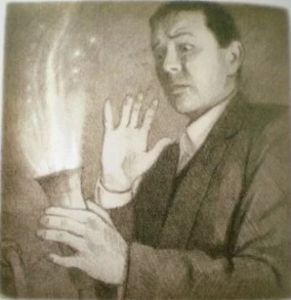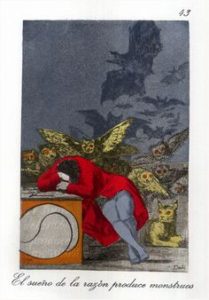The most impressive component of Shaun Tan’s work emanates from his capacity to convey wordless emotions. He does such a great job depicting anger, frustration, fear, sadness, confusion, helplessness and many more emotions merely though the illustrations of his characters. I noticed this in The Arrival but also in the short animated film The Lost Thing, which I watched after having read the book out of curiosity because I had never heard of Shaun Tan’s work previously. I noticed parallels between the two stories. For one, both depict a lonely and isolated character in a alienating landscape. Though it is easier to illustrate emotions on a human face as in The Arrival, Shaun Tan somehow manage s to give “the lost thing,” a faceless creature, emotions. I think although he is successful in both projects, conveying emotions through an animated film may be easier because the soundtrack is very telling of how the characters feel. Shaun Tan thus wonderfully illustrates emotions in both stories, though he does it slightly differently for his wordless book character and his wordless animated film character.





